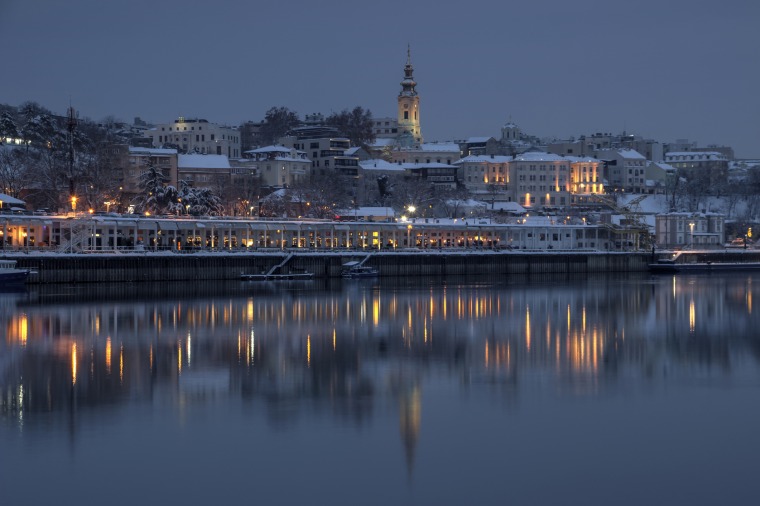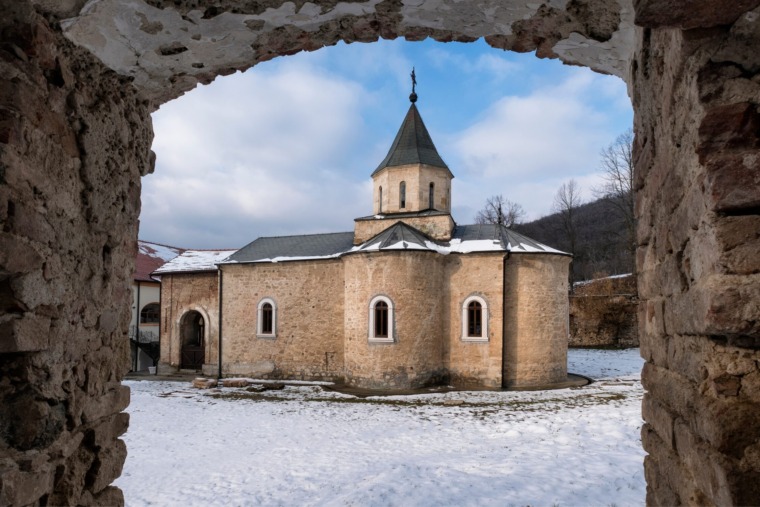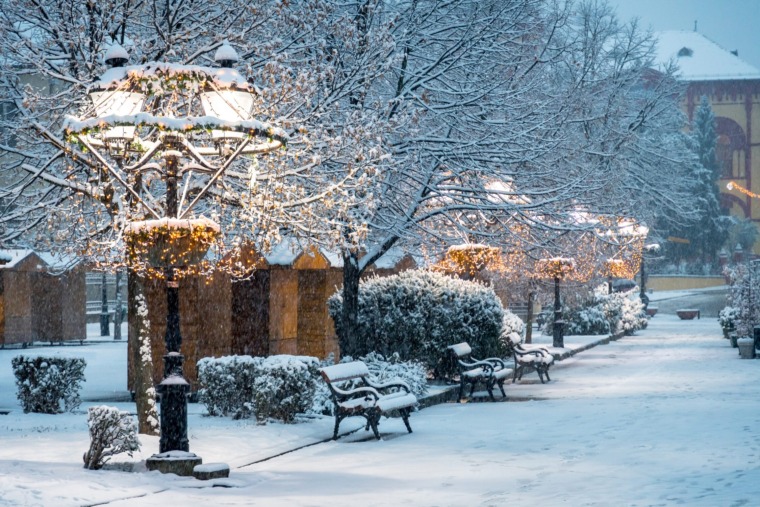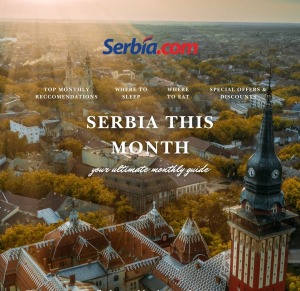
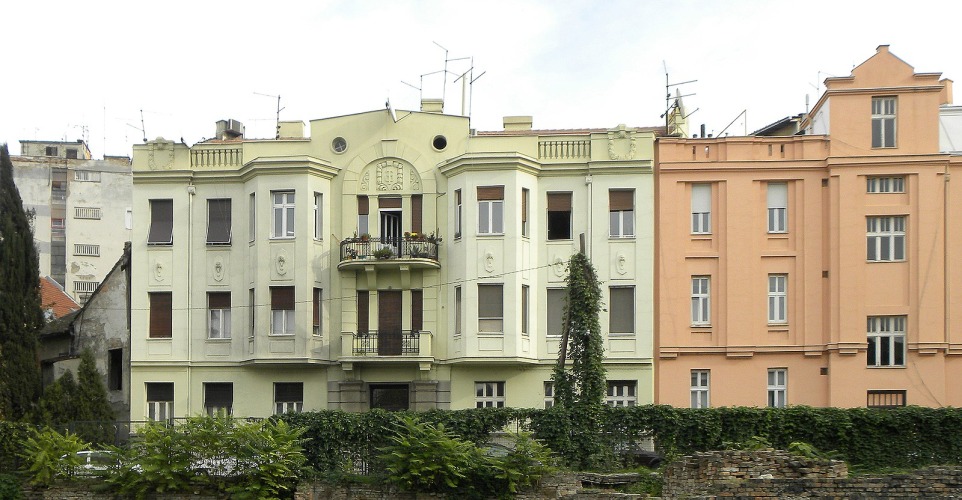
Tucked between Kalemegdan Fortress and the Sava River, Kosančićev Venac is more than just a charming neighborhood in Belgrade—it is the city’s oldest urban core, where history, culture, and bohemian spirit meet cobblestone streets and panoramic views.
A Walk Through History
Named after the Serbian medieval hero Ivan Kosančić, Kosančićev Venac dates back to the early 18th century and is one of the rare parts of Belgrade that has preserved the authentic look and feel of the past. During the time of Ottoman and later Austro-Hungarian rule, this area was a key point of connection between the upper city and the Sava port below. Today, it remains a symbol of resilience and cultural memory.
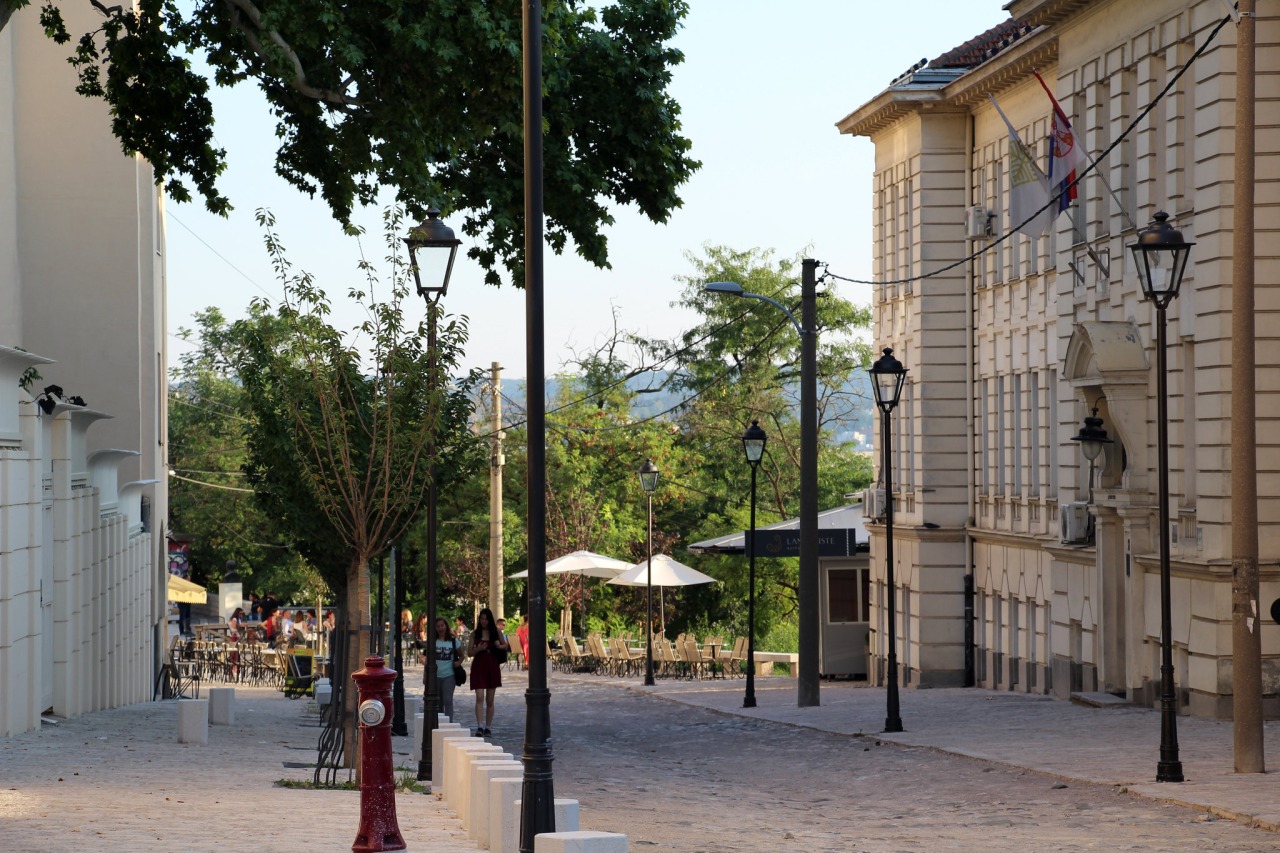
Fred Romero, Flickr.com
What to See and Do in Kosančićev Venac
1. Ruins of the National Library of Serbia
One of the most poignant landmarks here is the ruins of the old National Library, which was bombed by the Nazis in April 1941. Over 350,000 books, manuscripts, and documents were destroyed. Today, the ruins remain as a memorial to Serbian literature and heritage.
2. Princess Ljubica’s Residence (Konak Kneginje Ljubice)
Built in 1831, this well-preserved mansion is one of the most important examples of Balkan architecture in Belgrade. The residence was once home to Princess Ljubica, wife of Prince Miloš Obrenović, and now serves as a museum featuring 19th-century Serbian furnishings, art, and artifacts.
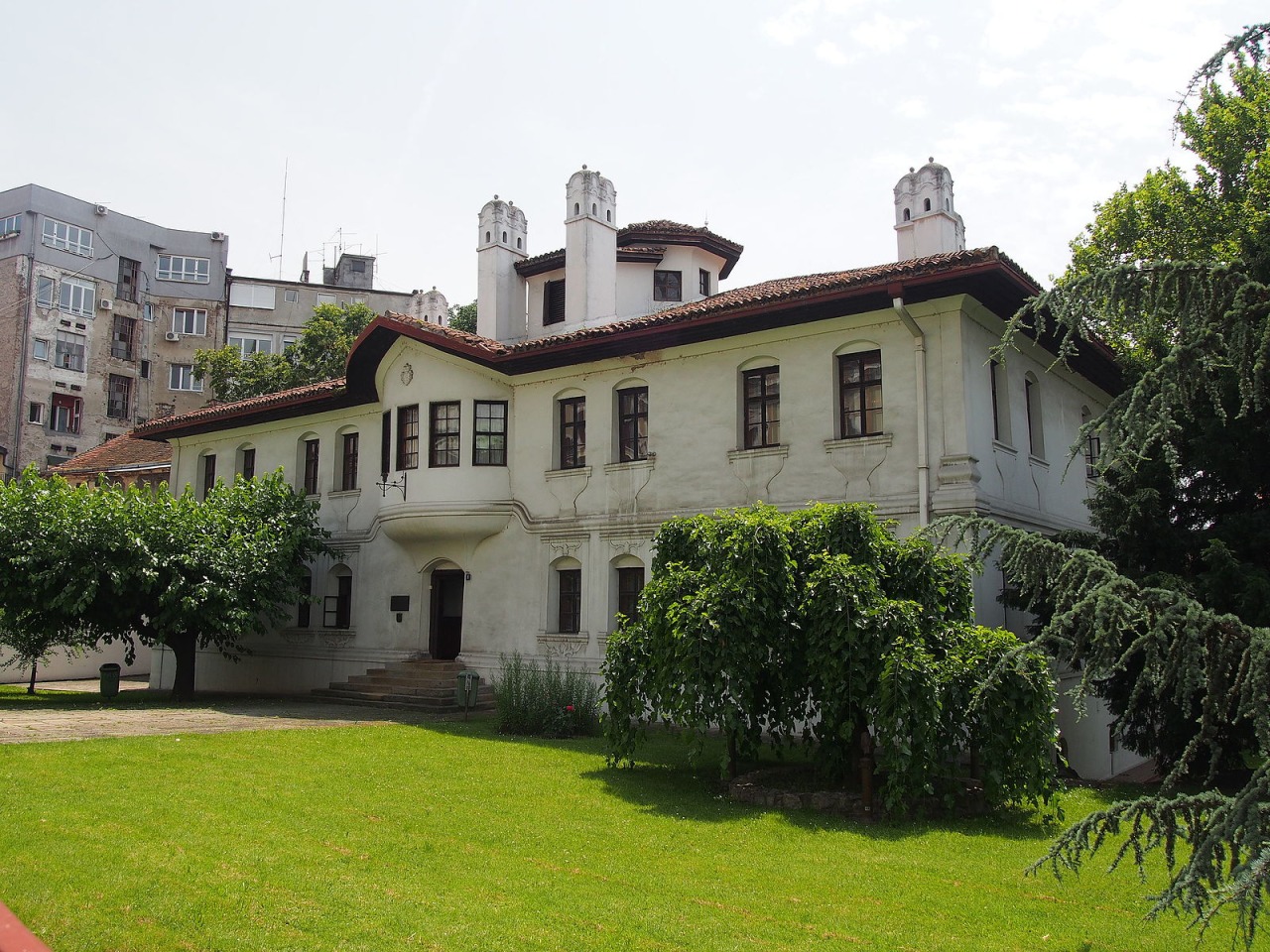
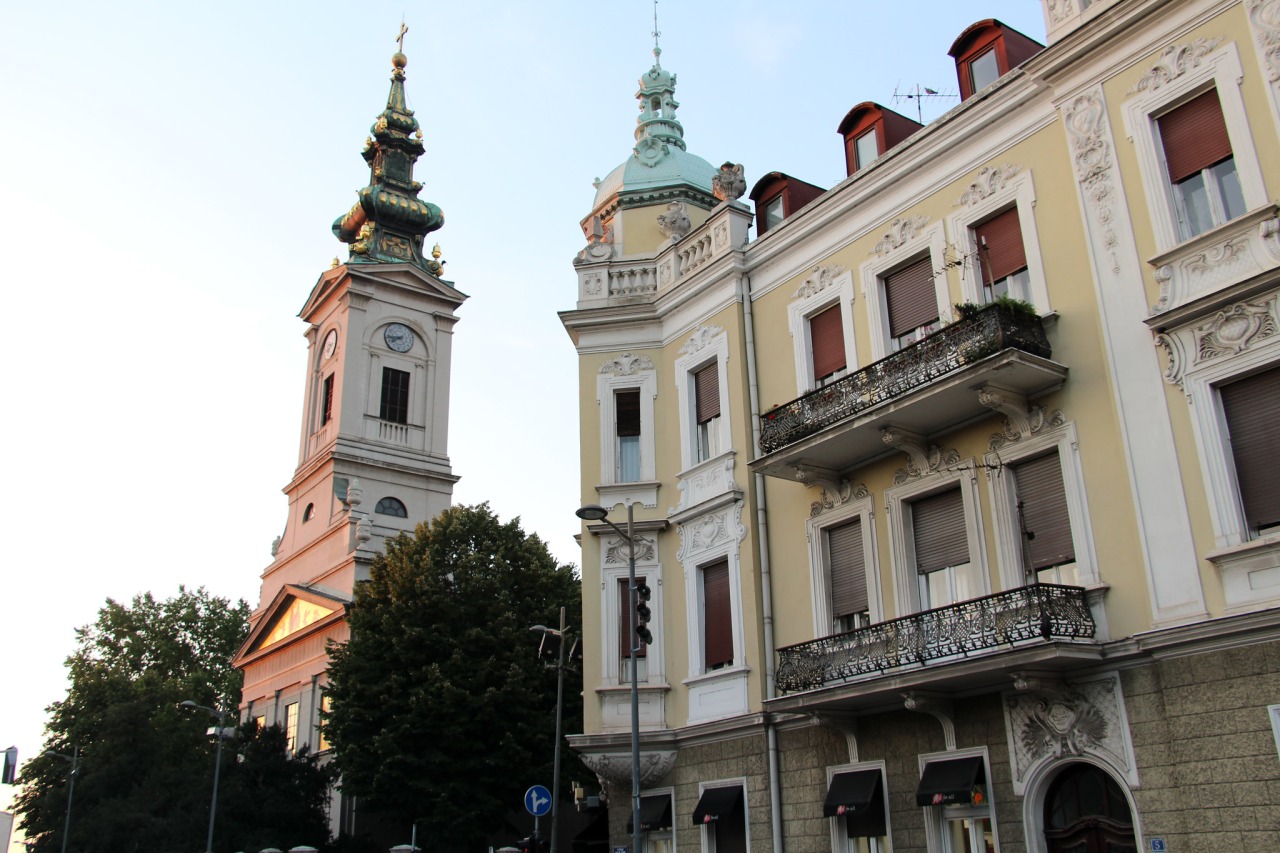

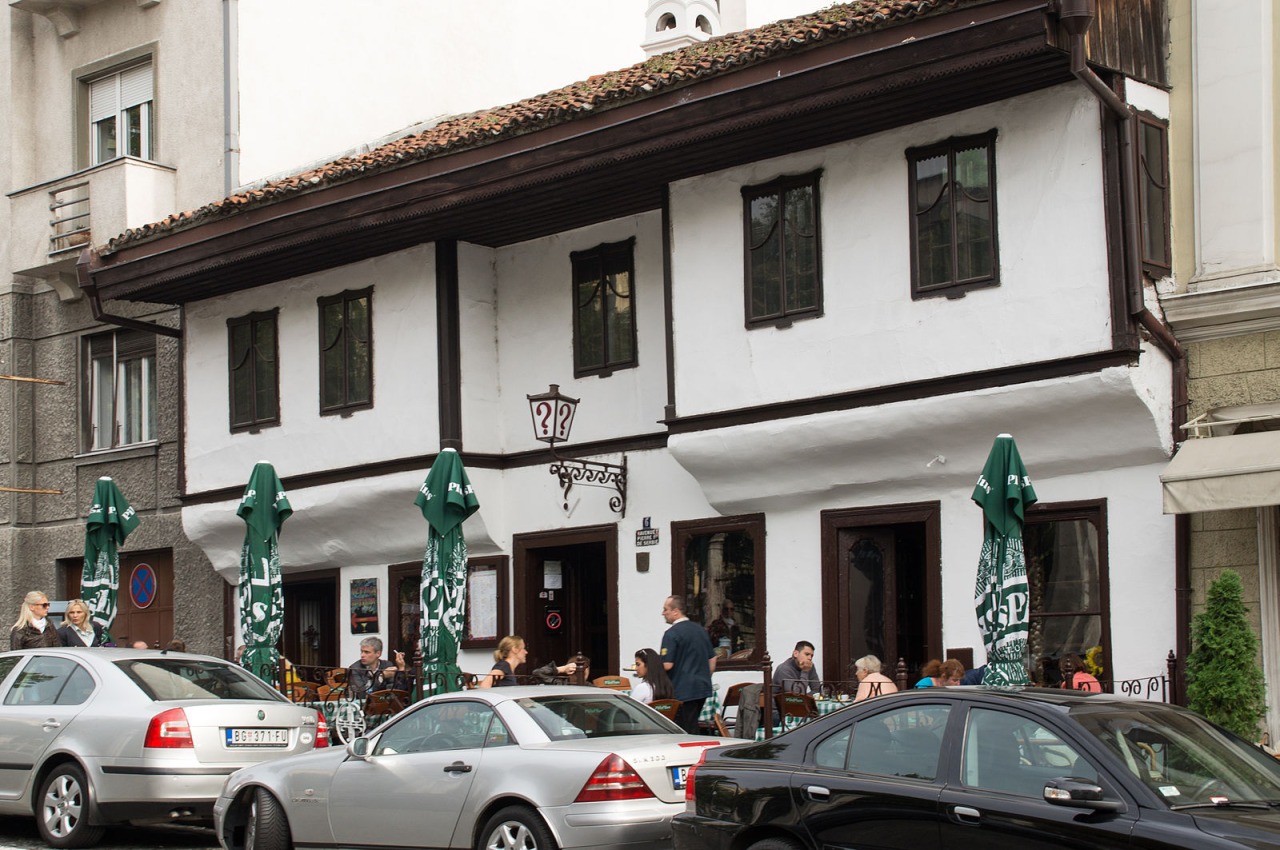
3. Cathedral Church of St. Michael the Archangel
Known locally as Saborna Crkva, this 19th-century Serbian Orthodox cathedral is one of Belgrade’s most significant religious and cultural landmarks. It houses the relics of Serbian saints and the tombs of key historical figures, including Vuk Karadžić and Dositej Obradović.
4. Kafana Znak Pitanja (Question Mark Tavern)
Right across from the Cathedral Church, you’ll find Kafana Znak Pitanja, the oldest surviving tavern in Belgrade, established in 1823. Its unusual name—literally meaning “Question Mark”—was born from a naming dispute with church authorities, and the quirky sign stuck. With wooden interiors, checkered tablecloths, and a cozy courtyard, this historic kafana still serves traditional Serbian food and rakija in the same authentic style as it did two centuries ago.
5. Kosančićev Venac Viewpoint
With its view over the Sava River, New Belgrade, and Branko’s Bridge, this is one of the most picturesque spots in the city. It’s especially magical at sunset, making it a favorite for photographers and romantics alike.
Stroll Along the Cobbled Streets
Kosančićev Venac is perfect for a slow, reflective walk. The neighborhood’s cobbled alleys, lined with traditional houses, art studios, and quaint cafes, invite visitors to step back in time. It’s a popular spot for filmmakers, painters, and poets drawn to its timeless beauty and vintage aesthetic.
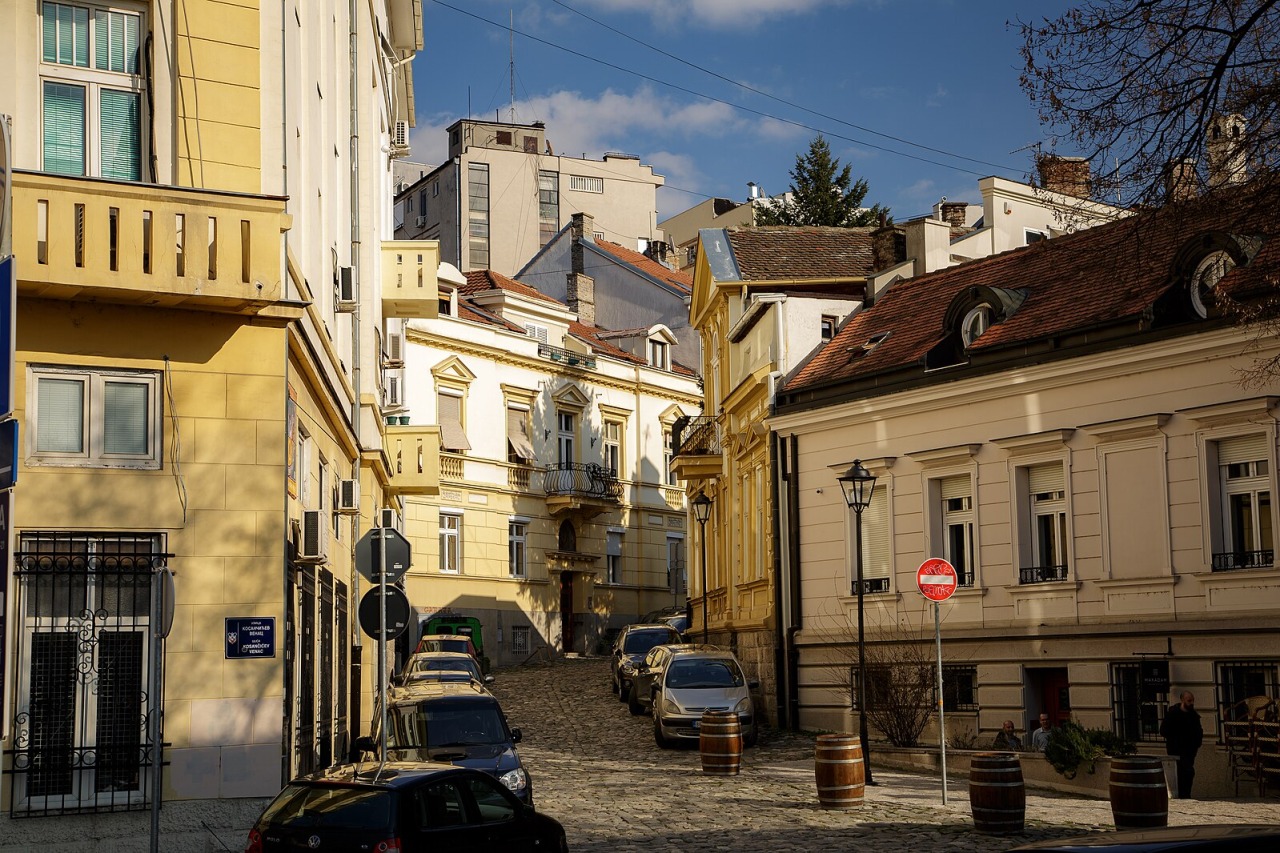
Interesting Facts About Kosančićev Venac
- Urban Legend: It is said that secret underground tunnels once connected Kosančićev Venac to the Kalemegdan Fortress, used by soldiers and smugglers.
- Cultural Revival: After years of neglect, the area has recently undergone a thoughtful revitalization, preserving its historic charm while enhancing public spaces with benches, lighting, and greenery.
- Bohemian Spirit: In the early 20th century, this neighborhood was the gathering place of Serbia’s most famous writers and artists, earning it the nickname “Little Montmartre.”
Where to Eat and Relax
Small bistros, wine bars, and artisan cafes are dotted throughout the neighborhood. Grab a cup of domaća kafa at a tucked-away café, or enjoy Serbian cuisine at a traditional kafana with live music and local flavors.
Nearby Attractions
Kosančićev Venac is a short walk from:
- Kalemegdan Fortress
- Knez Mihailova Street
- Republic Square
- Savamala District
Whether you’re a history buff, an art enthusiast, or simply a traveler in search of authentic atmosphere, Kosančićev Venac is an essential stop in Belgrade. Its layered history, cultural landmarks, and scenic charm tell the story of a city that has always risen, rebuilt, and reimagined itself—without ever forgetting its soul.
Related Articles


Winter Wine Escape: Serbia’s Most Beautiful Holiday Wineries
December 11, 2025